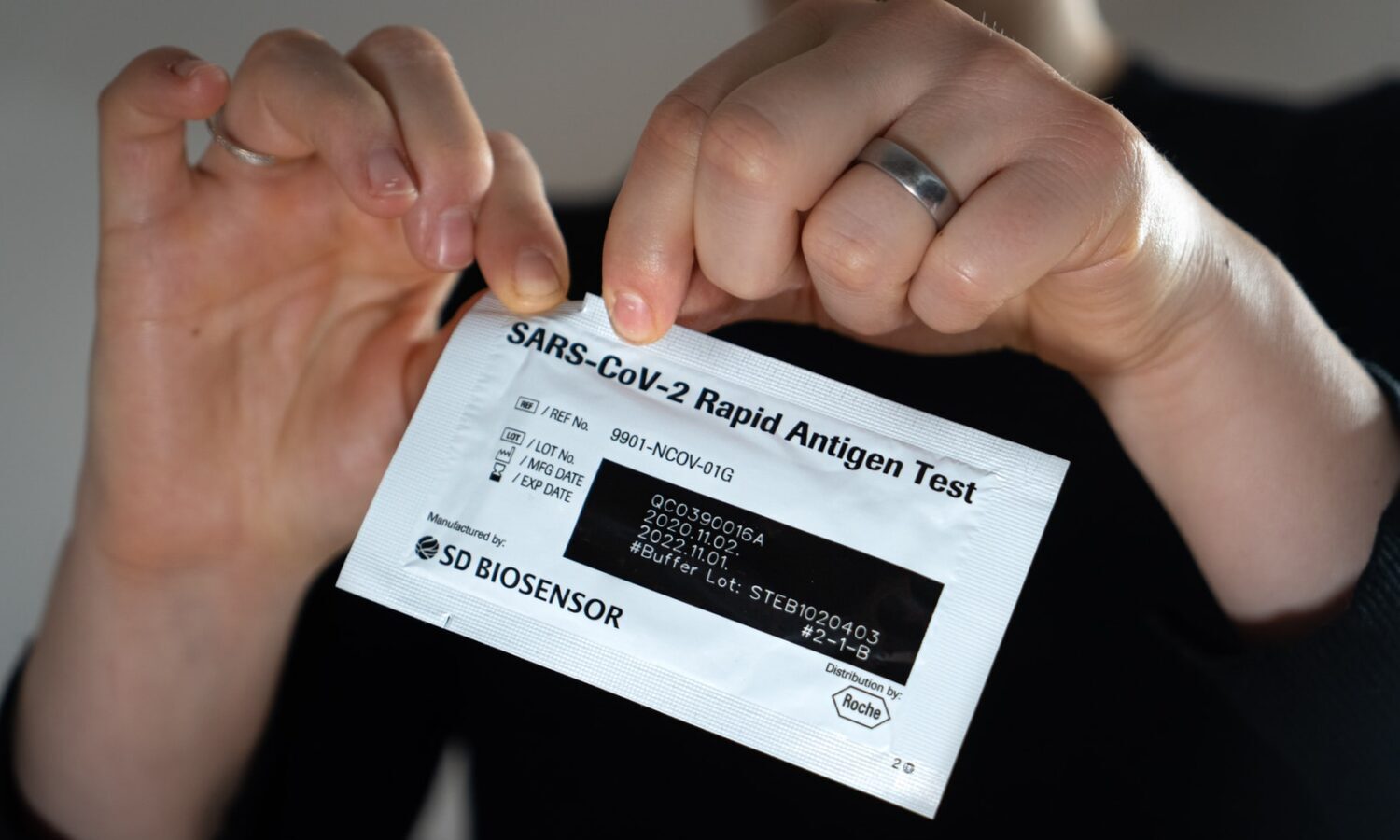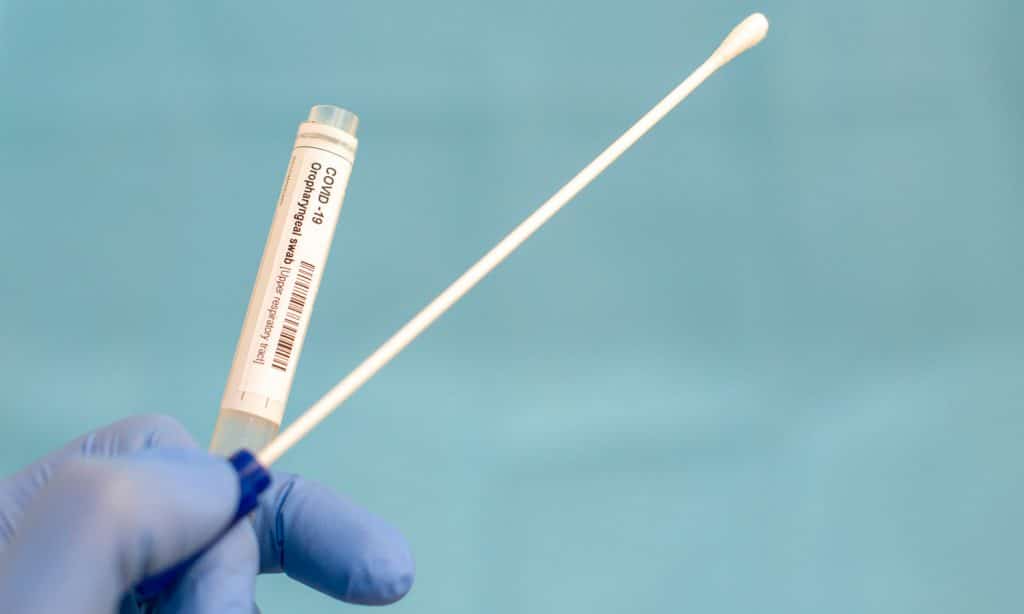
Take a COVID-19 test at home? This could increase the accuracy
COVID-19 cases are on the rise, with the Omicron variant taking control of most of the country. While states are seeing wild numbers of COVID-19 cases, a trend on social media shows that with the Omicron variant, a throat swab could provide more accurate evidence than a traditional nasal swab.
Although this unofficial method of testing for COVID-19 isn’t approved by health professionals, infectious disease experts don’t find these results surprising, especially if the person receiving the test has a sore throat.
RELATED: What Is Flurona, and Why Is Everyone Talking About It?
Photo by Mufid Majnun via Unsplash
Speaking to Insider, disease experts suggest wiping your throat first, then your nose when doing COVID-19 tests at home. “If you were my friend, I would tell you, ‘Yes, I would suggest that you wipe your throat first, then your nose,'” said epidemiologist Irene Peterson. If the test is positive, she will suggest doing a PCR test just to confirm this.
Nasal swabs have been the traditional method of testing when discussing respiratory viruses, but the Omicron variant could be different and change the way the virus replicates in the body. A study from South Africa in December showed that saliva tests could detect 100% of Omicron cases; 86% of them could see nasal swabs.
Omicron cases are a little different from previous COVID-19 infections, with one of the most noticeable and earliest symptoms being a sore throat. This suggests that people’s throats might be where the viral load is higher. In addition, many people are now vaccinated, take longer to develop nasal symptoms, and result in false-negative nasal swabs.
RELATED: Experts Now Recommend Wearing This Type Of Face Mask
 Photo by Paul Biris / Getty Images
Photo by Paul Biris / Getty Images
If you want to know your COVID-19 status as precisely as possible, a throat swab can’t hurt. Allergist Purvi Parikh told the Huffington Post that she suggests not eating, drinking, or brushing your teeth for 30 to 60 minutes before the throat swab.
Remember that home test kits are designed for the nasal passageway and use caution when stroking the throat. Open your mouth wide and gently stroke your throat, from almond to almond, for a few seconds. Try not to touch your mouth, teeth, and tongue. You can then continue with your traditional nasal swab.

Post a comment: